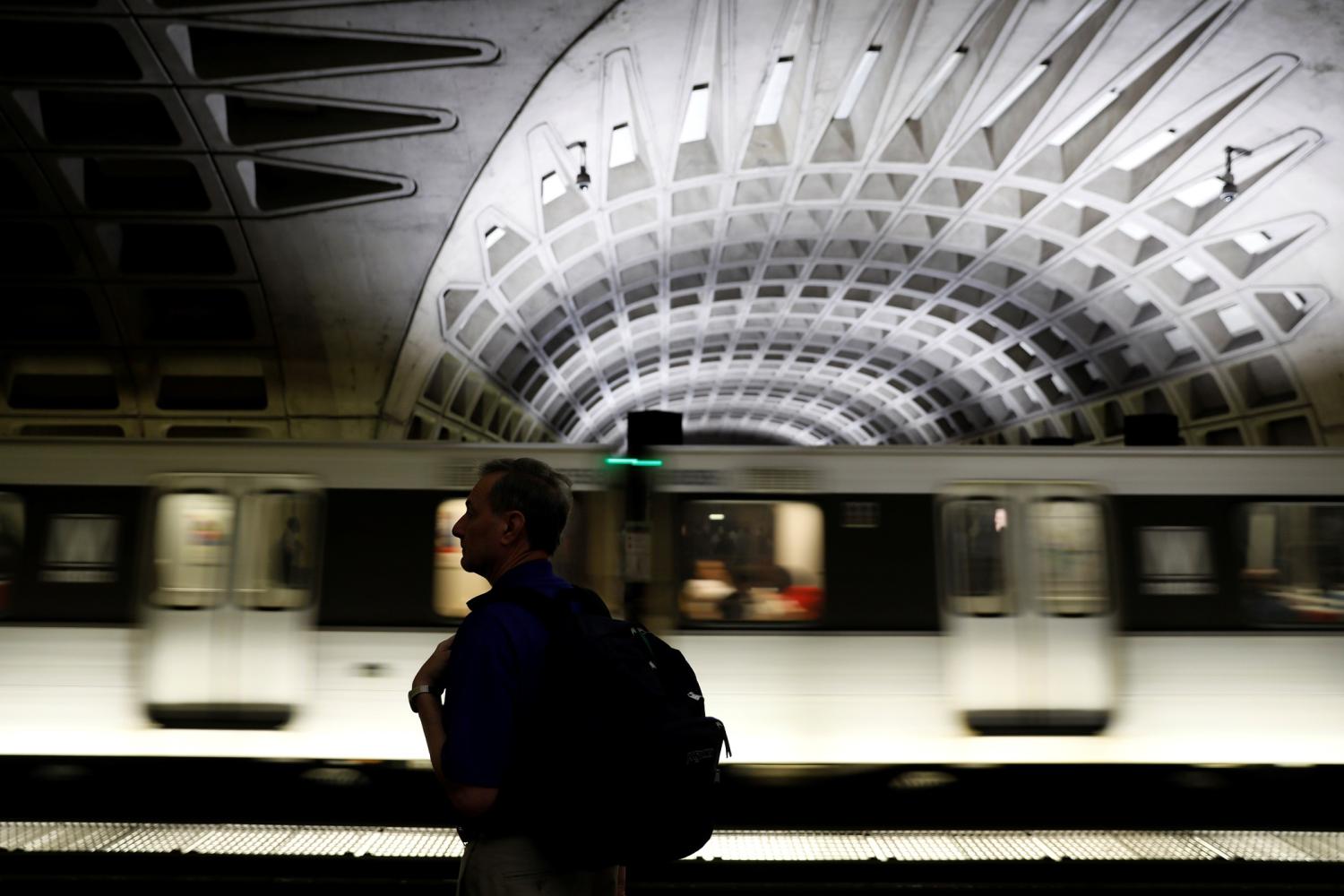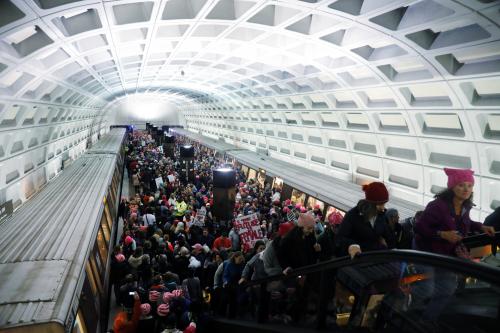Across the world, rapid urban growth offers enormous opportunity to those living in cities and suburbs. Urban residents tend to earn higher incomes than their rural peers, and enjoy the benefits of living in closer proximity to vital services and commerce. However, the same influx of people and economic activity also places enormous pressure on the built environment, straining existing transportation systems across the developed and developing world. In turn, residents and businesses increasingly struggle to reach one another, and they often place a premium on locating in neighborhoods with the greatest urban access. In other words, people want to live where it is easy to reach key destinations. This can drive up the price of land and contributes to a toxic mix of income inequality and spatial inequity.
In response, urban leaders need to plan, design, and deliver transportation services and develop land in a way that prioritizes inclusive access. Striving for greater and more inclusive access requires a new vision for urban areas in the years to come and should inform longer-term strategies and policy decisions. This new framework should aim to optimize access for all people regardless of demographic characteristics, ensure the built environment is responsive to their needs, and promote development of a transportation system in line with an urban area’s long-term fiscal and financial health.
Developing such a new framework will not be easy. Given the variety of concerns and geographic contexts to consider, approaching accessibility through the lens of all relevant disciplines is still a difficult exercise for researchers, even after decades of academic inquiry.Among policymakers, current frameworks—at national and local levels—too often do not coordinate across agencies and neighboring jurisdictions. Meanwhile, practitioners continue to disagree on how to even measure and quantify accessibility in planning efforts and other activities.
By identifying major barriers in accessibility research and practice and offering a new path forward, this report outlines a framework that can speak to each of the major actors responsible for designing and implementing policies related to inclusive urban access:
- Researchers must integrate fiscal/financial tools more clearly in future studies. Building off the vast body of literature discussing the merits of accessibility in terms of transportation and land use, researchers need to better understand how regions can incentivize and pay for access-promoting infrastructure and service improvements in years to come.
- Practitioners must begin to more consistently test new accessibility measures and develop new data inputs. Rather than pursuing a single perfect measure, they should focus on developing a broader suite of measures and support a shift toward greater experimentation and widespread policy adoption.
- Policymakers across the developing and developed world must create stronger, more transparent governance strategies that explicitly emphasize accessibility. This should include built environment policies that require cross-disciplinary input, especially as it relates to fiscal budgeting, funding and project financing, and greater horizontal, inter-jurisdictional coordination.
Fortunately, several practical innovations are emerging and blazing a new path forward. Multiple urban areas and international finance institutions now score future capital projects and operational adjustments based on accessibility impacts. New transport pricing strategies consider riders’ incomes. New public corporations and other governmental bodies attempt to consolidate approaches from multiple disciplines in pursuit of inclusive economic development. The challenges may be large, but innovation is possible.
The Brookings Institution is committed to quality, independence, and impact.
We are supported by a diverse array of funders. In line with our values and policies, each Brookings publication represents the sole views of its author(s).











